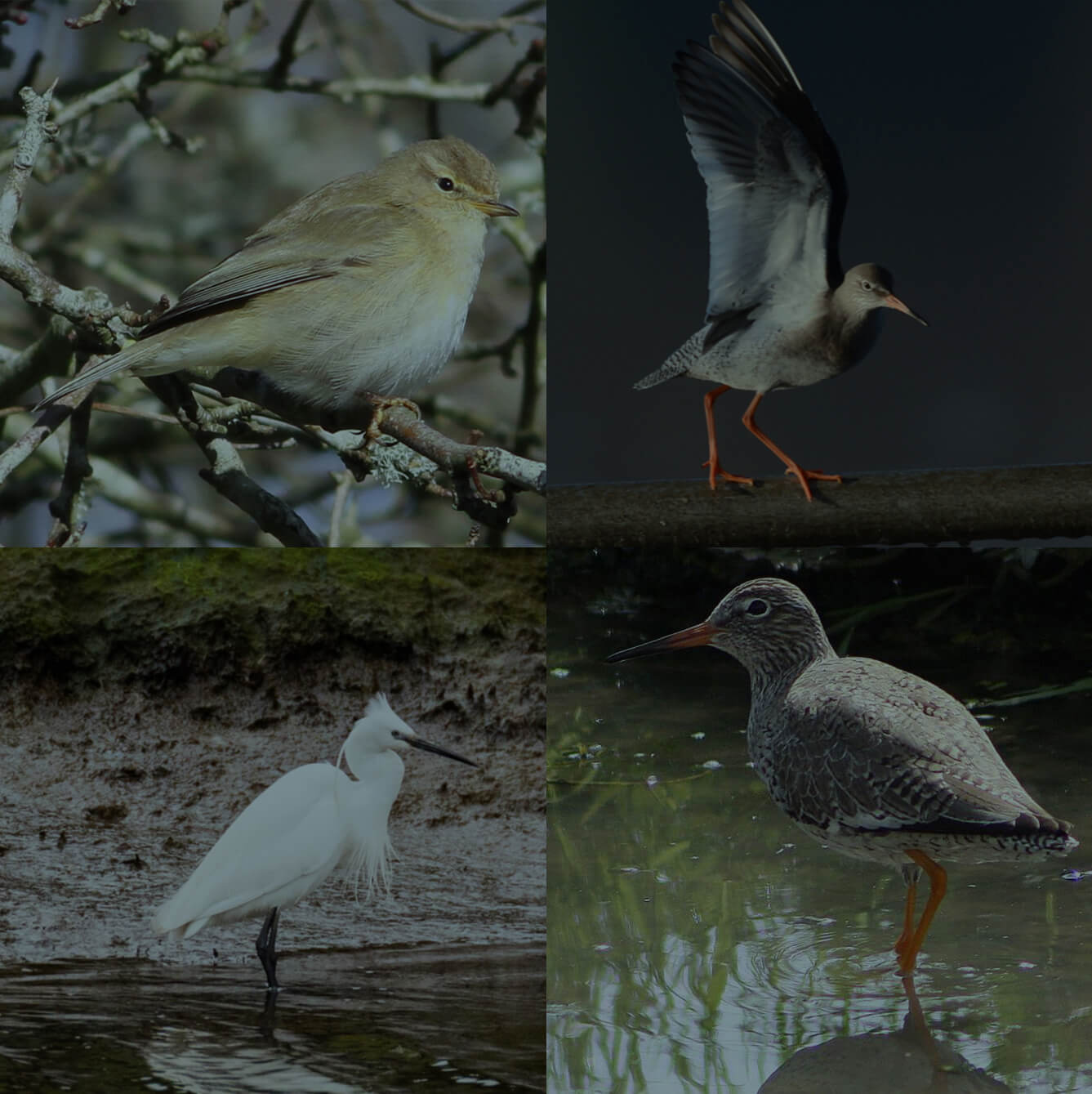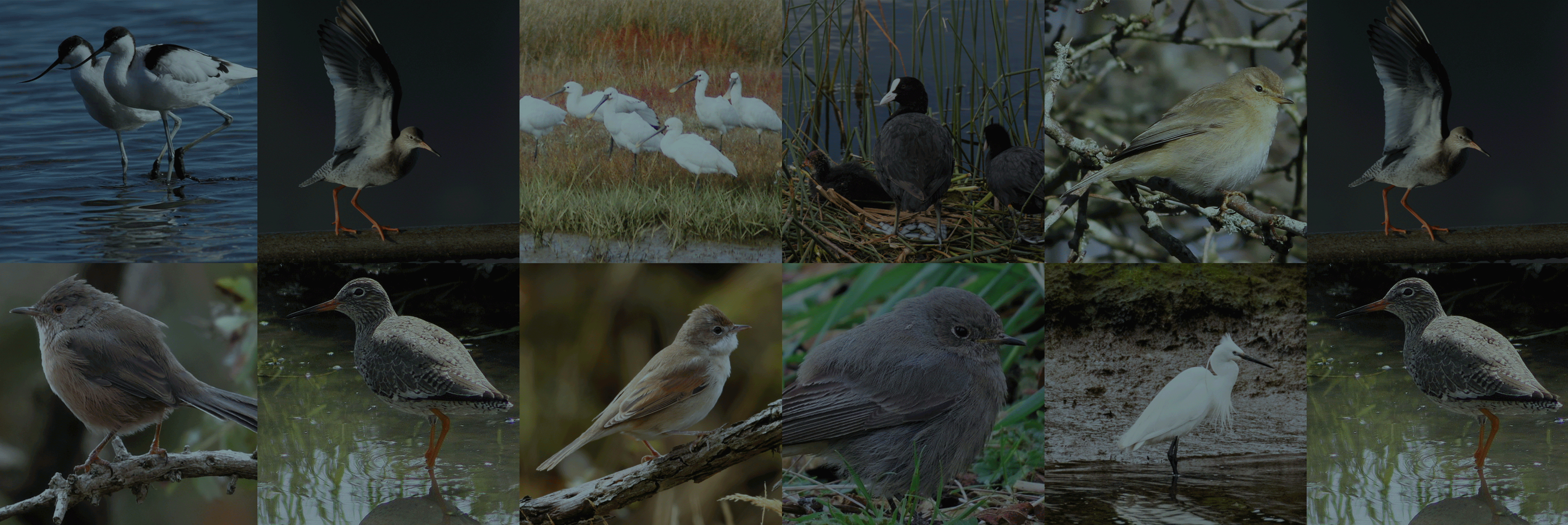Whitley Lake, best viewed from Shore Road/Banks Road, is a large and extremely shallow area of Poole Harbour, busy with kite and wind surfers on a high tide it is equally busy with birds on a low tide. Like many places in Poole Harbour, winter is the best time to observe good numbers of birds, when the tide drains away exposing a large, flat sandy seabed which provides excellent feeding grounds for birds such as Bar-tailed Godwit, Sanderling, Oystercatcher and Curlew.
Whitley Lake extends out towards Salterns Marina and is adjacent to the North Channel, the main route for commercial vessels entering and leaving the harbour. Due to the sandy seabed in this area it’s often the preferred feeding area for any Black-throated Diver that enter the harbour but is also frequently used by Red-breasted Merganser, Great Crested Grebe, Goldeneye and occasionally Common Scoter. Follow the road north up towards Evening Hill for stunning views across the whole of Whitley Lake and over to Brownsea.
Scanning from this vantage point with a telescope could produce any number of the species mentioned. In early spring, normally around March, the low tide area of Whitley is also a huge draw for large numbers of Mediterranean Gull, Common Gull and Black-headed Gull that all gather on the sand when food is exposed by the receding tide. At the foot of Evening Hill on the inland side of the road to Whitley Lake lies a small nature reserve called Luscombe Valley.
This delightful area is managed by the Borough of Poole and is an under-watched and potentially productive area of mixed scrub and birch woodland. Passerines can gather here in the autumn with Dartford Warbler, Whitethroat, Garden Warbler, Willow Warbler, Firecrest, Stonechat and Wheatear all noted over the years. Access to Whitley Lake is simple with a large cycle path bordering the entire site with pay and display parking along the entire length of the Sandbanks Road.
Birding Info
Avoid this area during the summer holiday’s as it gets extremely busy. Winter is the best time to visit as Bar-tailed Godwit, Sanderling, Oystercatcher and Curlew can all feed close to the footpath on a rising tide. Luscombe Valley Nature Reserve sits at the northern edge of Whitley Lake and is a largely under-watched birding site which could hold passage migrants during peak migration times.
Facilities
The Sandbanks Peninsular is excellent for cycling along with a large flat cycle route and footpath bordering the eastern edge of Whitley Lake. There are public toilets along Shore Road and numerous cafes, bars and a mini-super market all close by. There are no bird hides but in the viewing is easy with unbroken views right out across the water/sand all the way to Brownsea.
Parking
There are numerous places to park along the Sandbanks peninsular including pay and display along the entire length of Banks Road at BH13 7PW. There is also a large pay and display car park at the end of Banks Road at BH13 8QJ.


